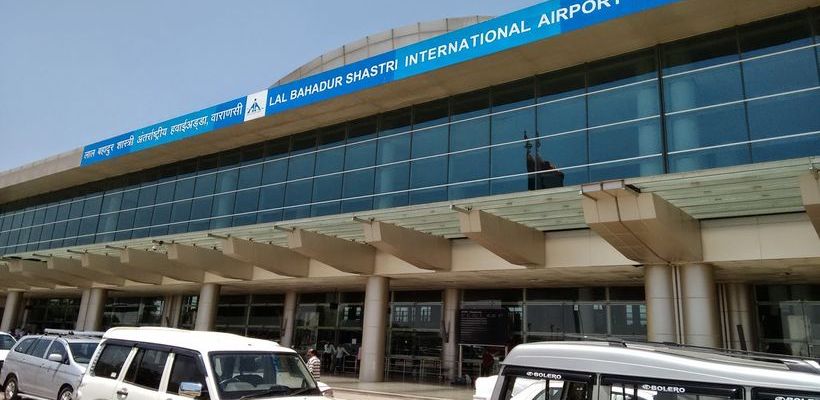At times, Flying has been perceived very wrongly or unsafe which is not true!
There’s a whole new experience to discover while you’re sitting comfortably in your seat and travelling thousands of feet in the air.
Beautiful views, great service, decent food and accessibility are a few words you can associate with flying, but there’s much more to it.
Here are 9 reasons why flying is still the best way to travel.
1.Its The Fastest Way To Get Anywhere

Flying has always been faster than taking the bus, boat, or train!
For instance, if you travel via road from Delhi to Bombay it takes around 8 hours 11 minuets and whereas it takes on 1 hour 55 minuets by a flight on the same route.
Plus, when you’re to go back at the end of your trip, a flight is able to get you there in a matter of a few hours while a return trip by car or a train can seem painful.
2.Flights Are Surprisingly Affordable

It may seem like it due to inflation but airline ticket prices are actually near an all-time low. In fact they have been declining for the past 30 years, allowing more of us to fly than ever before.
More efficient airplanes, increased competition, and the amenity to bargain shop for flights online have all played a role in this trend.
And while we may frown when we see the ticket prices online, we are lucky enough to live in an era when the cost of flying is affordable.
3.It’s Safe

On a daily basis, there are more than 93,000 scheduled commercial aircraft flights across the world, and yet we can go weeks, months or even years without a fatal crash.
When you crunch the numbers, the chances of you being onboard an aircraft that crashes is really small. In fact, you are more likely to be struck by lightning than to be in an airplane crash.
But should your flight actually go down, you’re also likely to still survive. A study of all the air crashes that took place in the U.S. between 1993 and 2000 showed that more than 90% of passengers and crew survived.
Read more about “Why Flying Is The Safest Way To Travel”
4.It Opens The World To You

Want to visit Paris Or have dreams of chilling on the beaches of Hawaii? Then flying is really the best option you have.
The days of taking a slow boat to anywhere else in the world are long gone.
For international travellers, flying opens up nearly an unlimited number of possibilities, allowing us to visit distant lands, experience unique destinations, and explore our planet to the fullest.
5.In-Flight Entertainment

Modern airplanes are often equipped with state-of-the-art entertainment systems that put a selection of movies, television shows, music, and games right at our fingertips.
This can help time to pass more quickly while on a flight and allow us to relax more in the process.
But even if your aircraft doesn’t have a built-in entertainment system, chances are you brought one with you. Most travellers now come equipped with smartphones and tablets, which can fill the entertainment void nicely.
6.You Can Be Productive

Carrying a laptop with you when traveling, plus having some free time aboard the aircraft while in flight, can give you the opportunity to be more productive than if you were driving to your destination.
If you have a long flight, it can be the perfect time to pull out the computer and get some work done.
7.Instagram Worthy Views

If you’re lucky enough to get a window seat, you are often treated to some great views.
There is nothing quite like soaring over the countryside while lakes, rivers, mountains, and other beautiful landscapes pass beneath.
Even at night, when darkness shrouds the sky, it is fun to look out and see the islands of light that spread across the world below.
Sure, you can get good views from other forms of transportation as well, but there is nothing that compares to the bird’s eye view you get from an airplane.
8.A Sense Of Community

Flying, particularly in economy class, can create a sense of community amongst passengers.
There is often this feeling that everyone on the aircraft is traveling together, even if just for a brief time.
This can in turn knock down barriers and create good conversations between passengers. People are generally very excited about the journey they are about to undertake and they often want to share that excitement with others.
9.Amazing Services

Beautiful airports, friendly flight attendants and the amenities they provide to ease us flyers are unparalleled as compared to other modes of transport.
Aviation industry provides its guests with the most amazing services. For instance, mostly you won’t find celebrity chef restaurants or world-class spas at train or bus stations.
Airlines and airports work hard to make our journey as comfortable as possible and in return, we have to pay a comparatively small fee for it, which is definitely worth it.
If you want to know more about these amazing services, look no further. Simply download the AirWhizz app and get information about different airport amenities, airline policies along with real-time flight updates on the move and Fly Stress-Free.




























